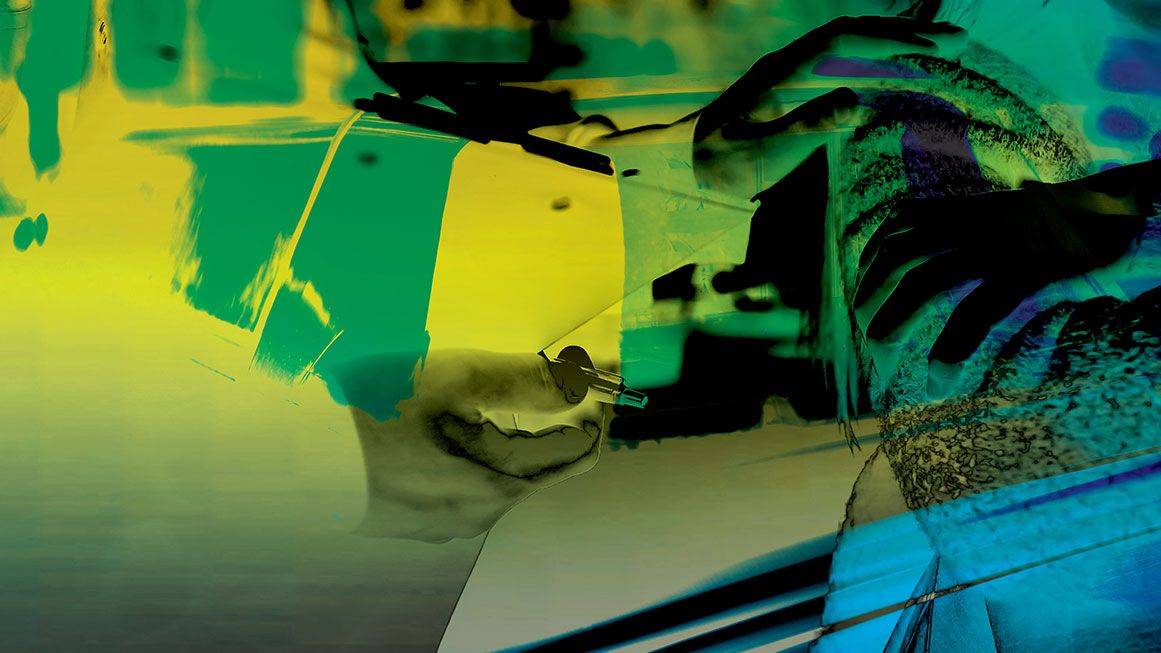Abstract
Police officers often serve as first responders to mental health and substance abuse crises. Concerns over the unintended consequences and high costs associated with this approach have motivated emergency response models that augment or completely remove police involvement. However, there is little causal evidence evaluating these programs. This preregistered study presents quasi-experimental evidence on the impact of an innovative “community response” pilot in Denver that directed targeted emergency calls to health care responders instead of the police. We find robust evidence that the program reduced reports of targeted, less serious crimes (e.g., trespassing, public disorder, and resisting arrest) by 34% and had no detectable effect on more serious crimes. The sharp reduction in targeted crimes reflects the fact that health-focused first responders are less likely to report individuals they serve as criminal offenders and the spillover benefits of the program (e.g., reducing crime during hours when the program was not in operation).
From the Discussion Section
The evidence in this study indicates that the STAR community response program was effective in reducing police-reported criminal offenses (i.e., both reducing the designation of individuals in crisis as criminal offenders and reducing the actual level of crime). These results provide a compelling motivation for the continued implementation and assessment of this approach. However, successfully replicating the STAR program is likely to rely on key implementation details such as the recruitment and training of dispatchers and mental health field staff as well as the successful coordination of their activities with the police. Furthermore, the generalizability of the community response approach to a broader set of potentially preventable charges is uncertain and a design feature worthy of further study. There are also additional details about programs such as STAR that merit further investigation and clarification. For example, we are unsure of whether the existence of STAR may have increased the trust and the willingness of community members to call 911. However, we note that such an effect is likely to imply that our estimates underestimate the true effect of the STAR program. That is because increase in trust and willingness to call 911 is likely to increase measured crime in the short run as some of these calls would result in police engagement regardless of arrest status. Future studies may also consider the effects of programs like STAR on health-related outcomes, such as access to health services (e.g., counseling and therapy) and related measures of well-being.


